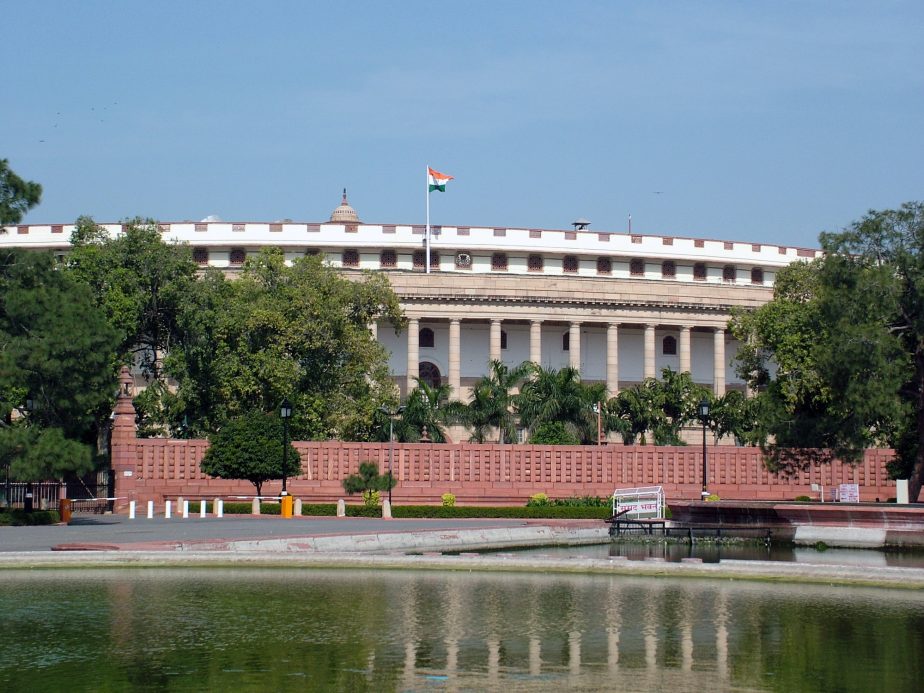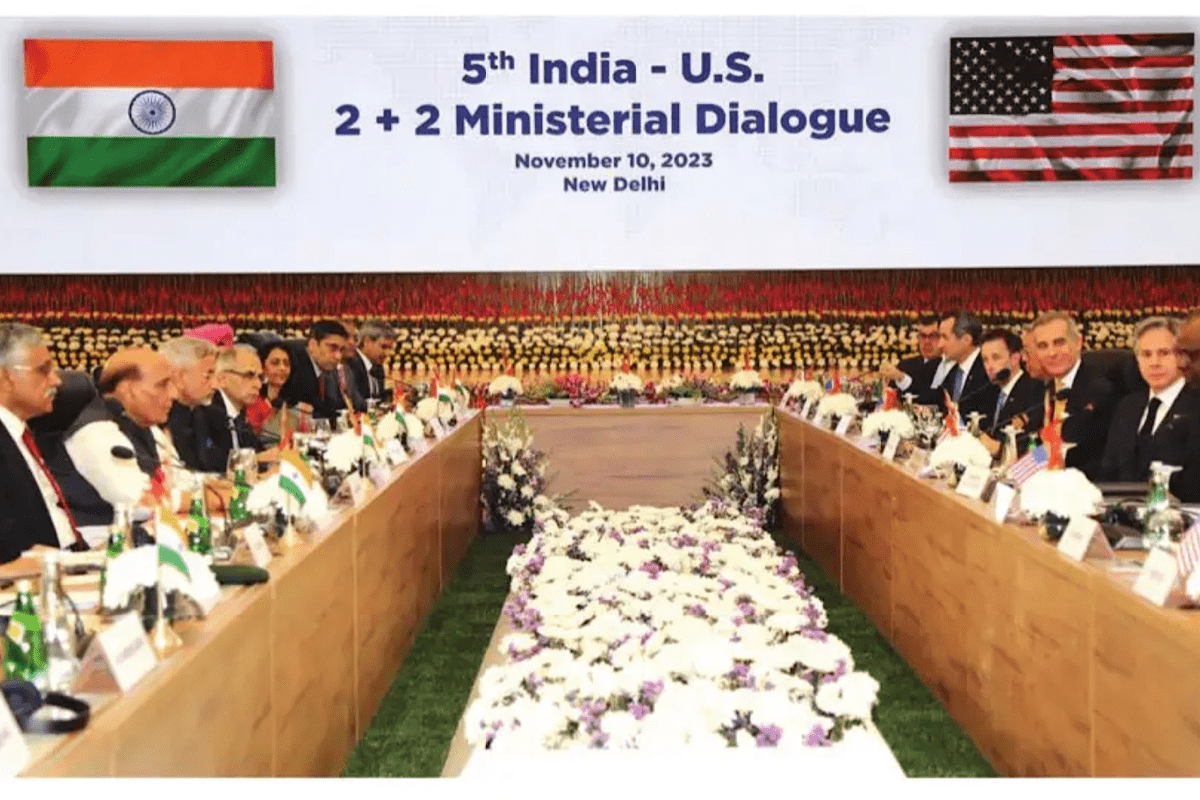What’s Important About the Indian Parliament Security Breach
THE DIPLOMAT
APLN member Rajeswari Pillai Rajagopalan wrote on the recent Indian Parliament security breach, highlighting the ongoing challenges India faces in safeguarding its critical infrastructure. The original article can be accessed here.
The Indian Parliament faced a serious security breach on the 22nd anniversary of the 2001 Parliament attack on December 13. Two individuals, Sagar Sharma and Manoranjan, jumped into the Lok Sabha chamber from the visitors’ gallery during Zero Hour and released yellow gas from canisters. They were heard shouting anti-government slogans. At this stage, the Members of Parliament who were in the Lok Sabha, the lower house of the Indian Parliament, overpowered them.
There were two others who outside the Parliament, Neelam and Anmol, protesting against the government. They also had gas canisters similar to the ones used inside the Parliament. Another individual, Lalit Jha, is considered the main mastermind behind the Parliament security breach. All five individuals are in the custody of the Delhi Police.
The security breach of the Parliament is serious on its own, but it raises a number of difficult questions on the security practices across India’s critical infrastructure, including nuclear power installations. The security breach is a clear demonstration of the security lapses and lack of strict adherence to rules and regulations. This is despite the fact that the Indian government reportedly instituted stringent measures following the 2001 Parliament attack. As per the new rules, visitors who enter the Parliament premises cannot carry anything on them. That two visitors were able to sneak in small gas cannisters raises serious questions about policy compliance measures.
Prior to the Indian Parliament attack, there was a terrorist attack on the Jammu and Kashmir Legislative Assembly, on October 1, 2001, in which three Jaish-e-Mohammad terrorists drove an explosive-laden car into the main gate of the state legislature building in Srinagar, and engaged in gunfire, which killed 38 people. Following the attack, the Lok Sabha chairman took steps including instituting an expert group to strengthen security measures in the Indian Parliament complex.
Following the Indian Parliament attack in 2001, there were several additional measures put in place. These included “use of the CCTV cameras, the RFIDs on bonafide parliament cars, issuing photo ID cards to visitors, measures to deflate tires if needed, barricades on approach roads, the closing of two main Parliament gates.” That the canisters in the shoes of the two individuals last week did not set off metal detectors is a failure of these security measures.
A committee under Anish Dayal Singh, director general of the Central Reserve Police Force (an Indian paramilitary force) has already been set up by the Home Ministry to study the security lapses that resulted in the breach and come up with appropriate measures to rectify the situation. Even as the committee will come out with its findings, it appears that the government is more intent on passing the blame to opposition parties than making an earnest effort to study the lapses that led to this event. The Indian prime minister and the home minister are yet to make a statement in the Parliament. Instead, opposition Members of Parliament who sought answers on the security breach have been suspended for the remainder of the Parliament session. This approach does not bode well.
India has long been a victim of terrorism, subjected to everything from left-wing extremism to separatist insurgency and state-sponsored terrorism. This intense threat environment has made India a lot more mindful of the consequences, and a lot of strong policy measures and regulations have been put in place. Nevertheless, there have been attacks on highly sensitive installations like the attack on the Indian Air Force base at Pathankot in northern India in 2016. The Mumbai terrorist attack of 2008 also gives a sense of the scale and efficiency of terrorist groups to carry out commando-style simultaneous attacks on multiple targets within an Indian city. Some of the targets of the Mumbai terror attack lay close to the Indian atomic energy establishment.
Instituting new regulations as well as new technological measures to limit the human element assumes that technologies provide fool-proof security measures. In addition, the insider threat also remains important. But ensuring compliance with regulations is far more important. Repeated Parliament attacks, the Pathankot attack, as well as some of the cybersecurity incidents targeting the Indian space agency as well as a nuclear power plant indicate the persistent vulnerabilities that continue to threaten critical Indian installations. Instituting new measures need to be followed up with periodic audits and performance evaluations to study how the new measures are being adhered to.
Unfortunately, the culture of security appears to be still wanting when it comes to critical infrastructure in India. While this particular security breach may appear to be more of a political embarrassment than anything else, such cases point to the continuing lacunae that India faces in protecting its critical infrastructure.
Image Credit: Depositphotos




